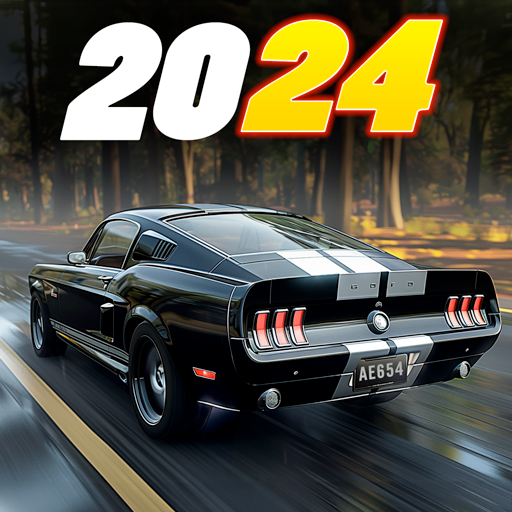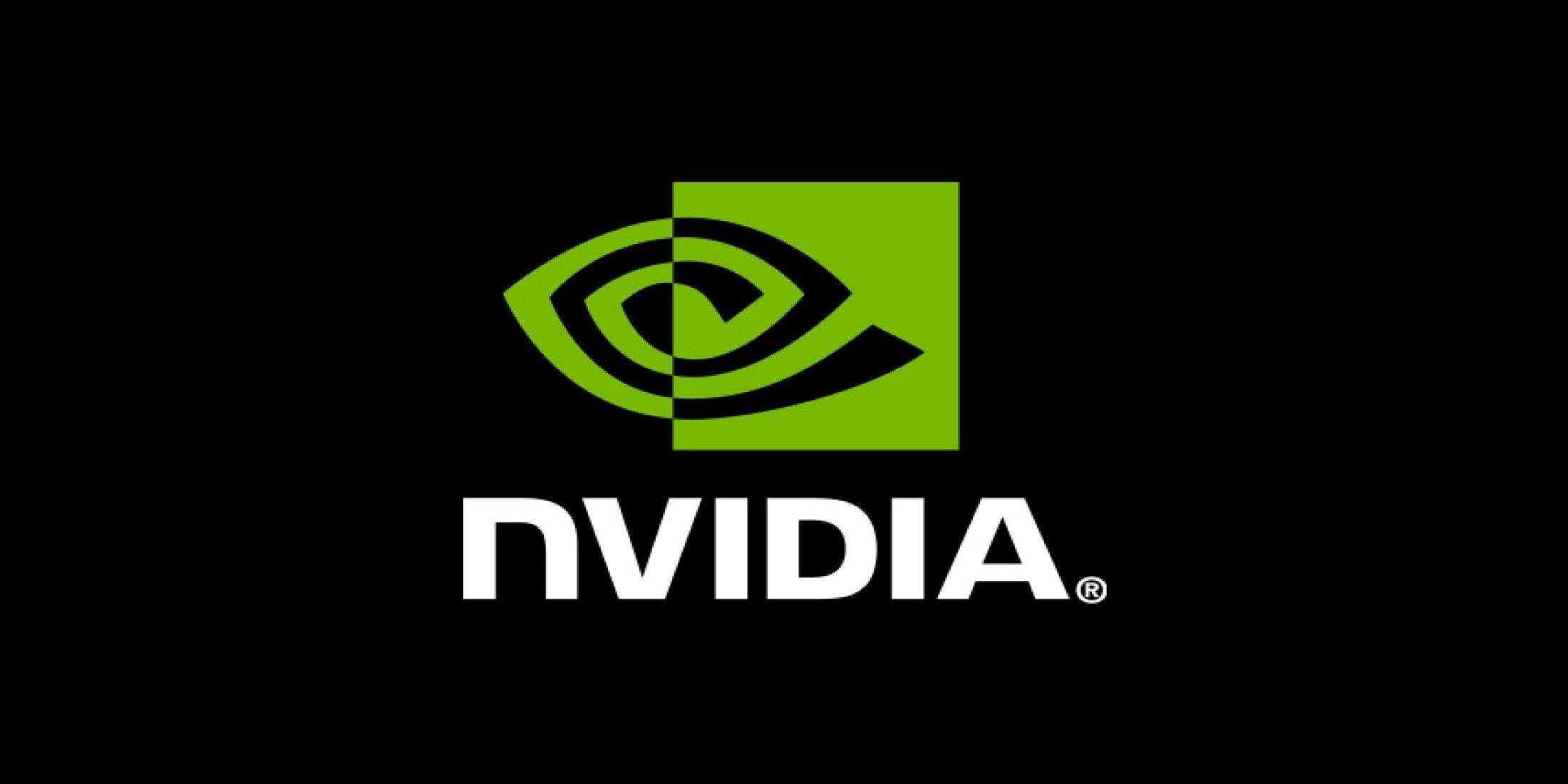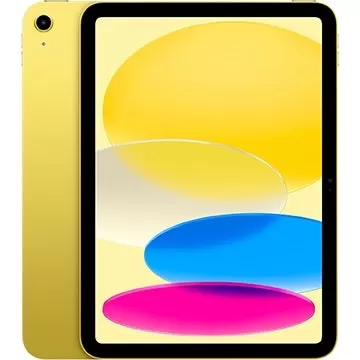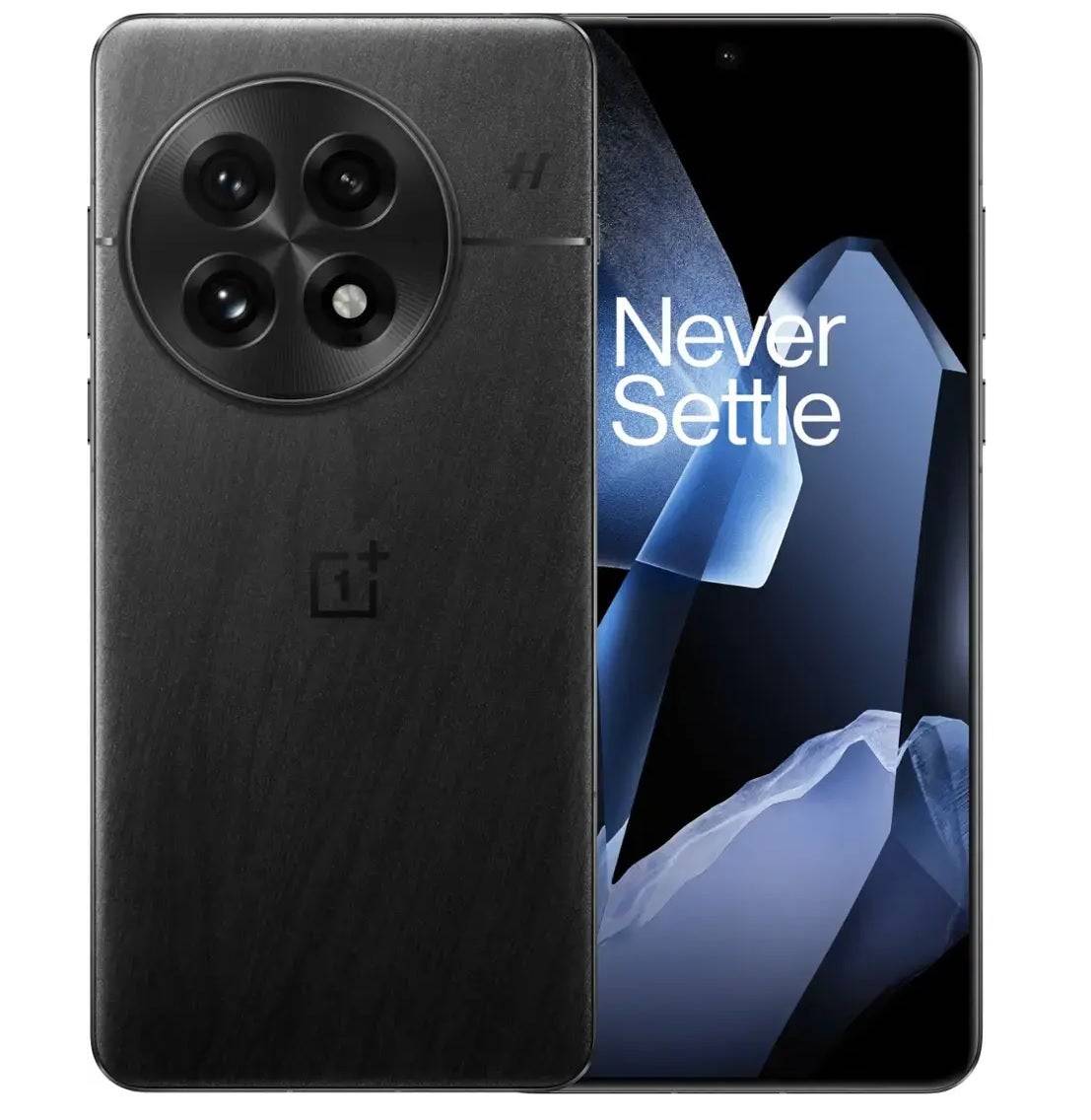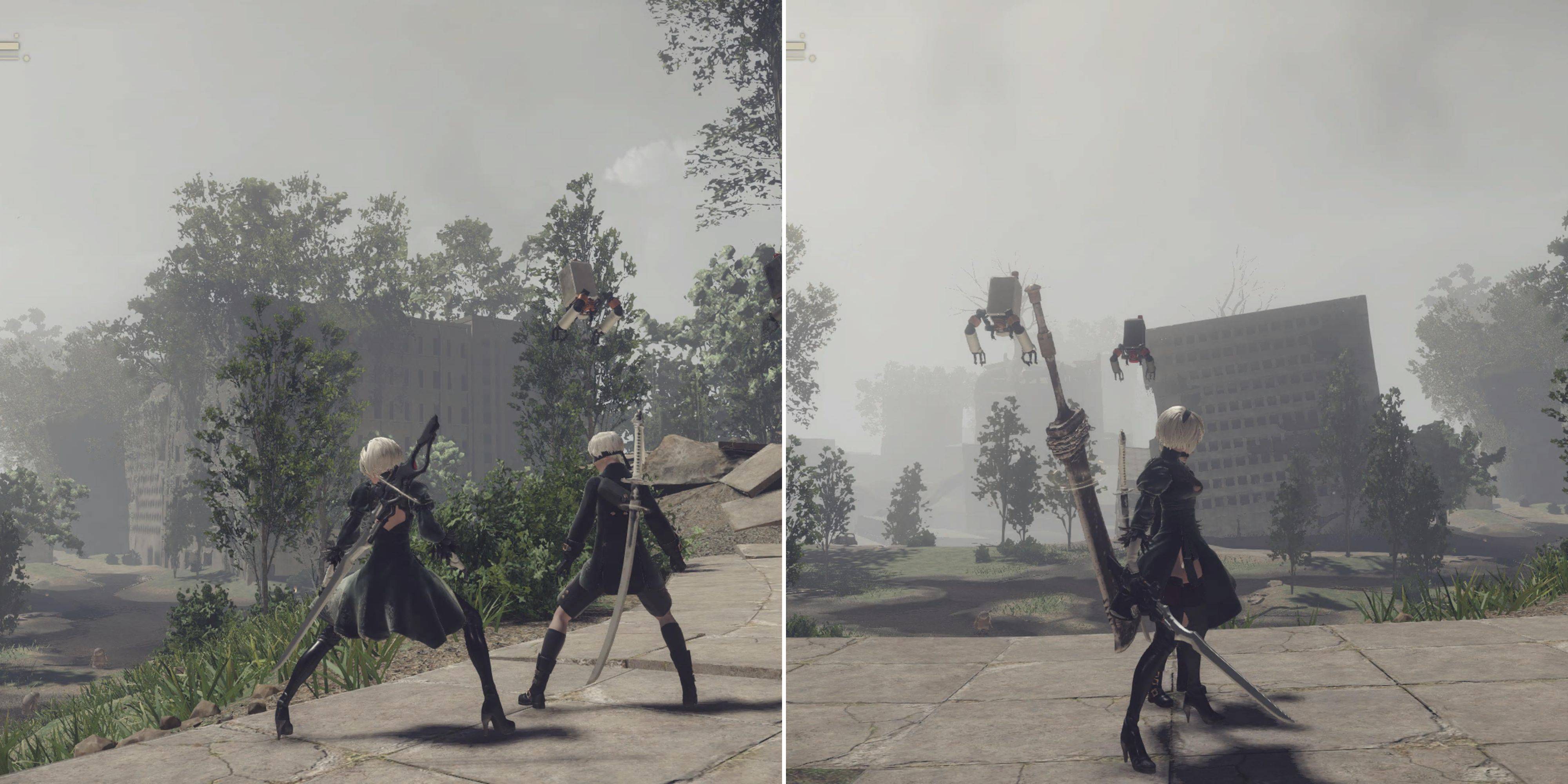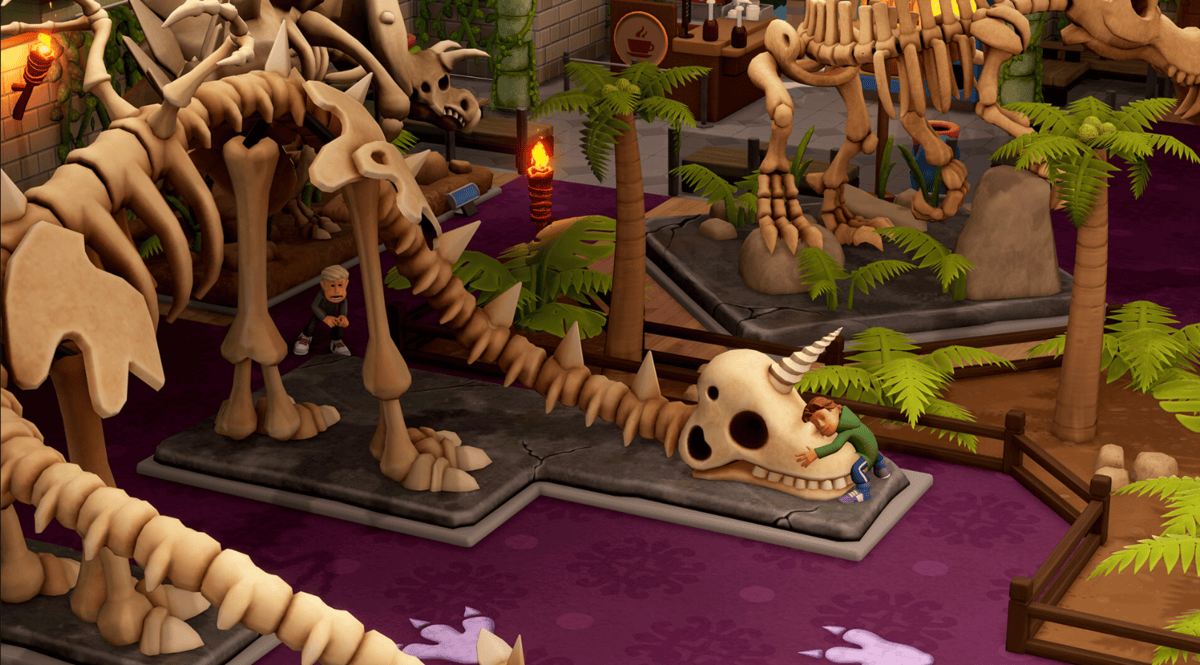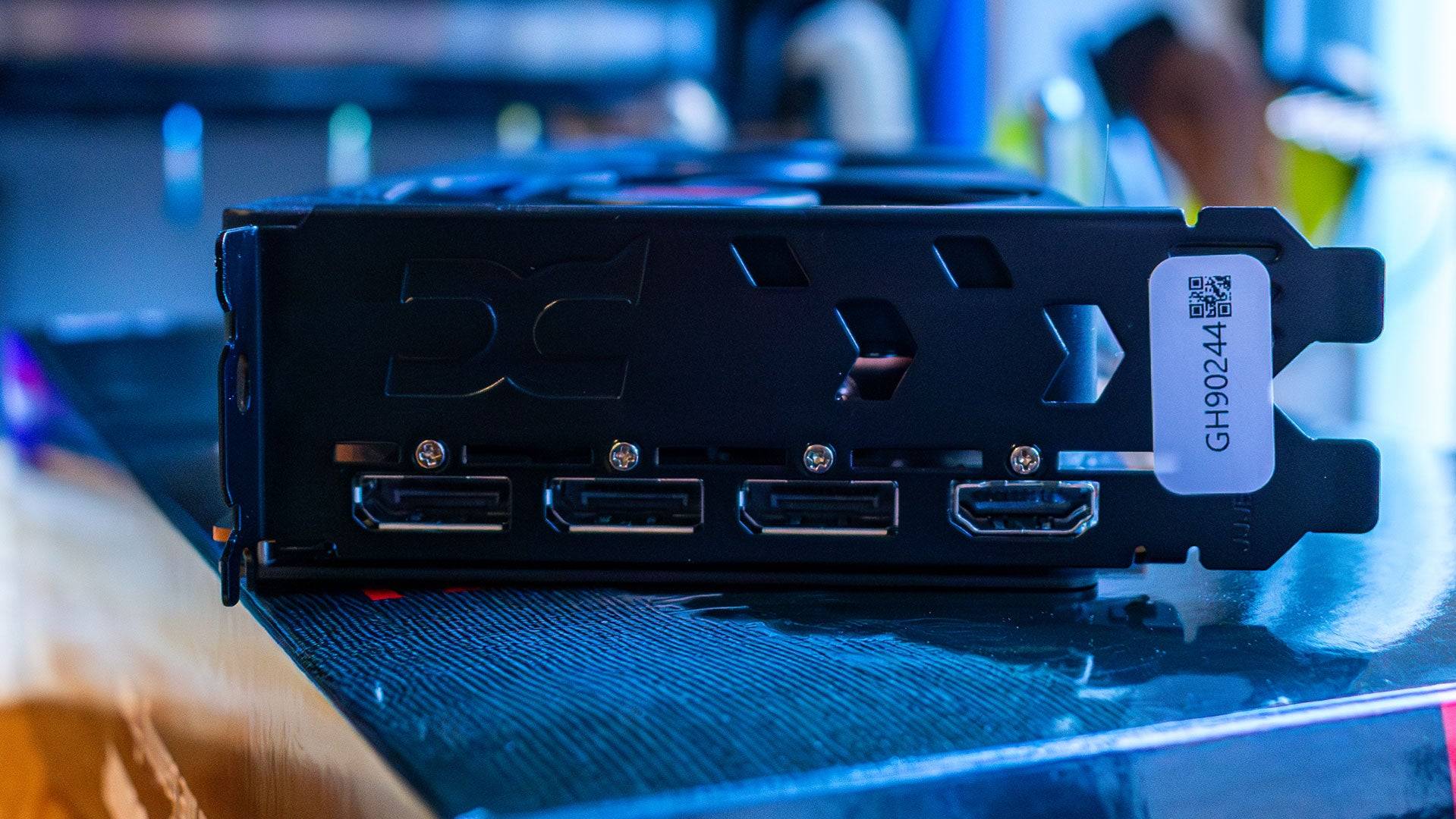"Blades of Fire: Unveiling the First Look"
When I first sat down to play developer MercurySteam's latest project, Blades of Fire, I anticipated a return to the studio's roots with their Castlevania: Lords of Shadow series, infused with the modern flair of God of War. However, after an hour, the game felt more like a Soulslike, with the twist that all the stats were embedded in the weapons rather than a traditional RPG character sheet. By the end of my three-hour hands-on session, I realized that Blades of Fire is a unique blend of familiar elements and fresh ideas, creating a distinctive take on the action-adventure genre.
While it's not a direct clone of Sony Santa Monica's work, the initial impression might suggest otherwise. The game's dark fantasy setting, heavy-hitting combat, and close third-person camera evoke the Norse era of Kratos' journey. Throughout the demo, I navigated a winding map filled with treasure chests, aided by a young companion who assisted in puzzle-solving. Together, we sought out a woman of the wilds living in a house atop a giant creature. The game also borrows heavily from FromSoftware's playbook, including anvil-shaped checkpoints that replenish health potions and respawn enemies.
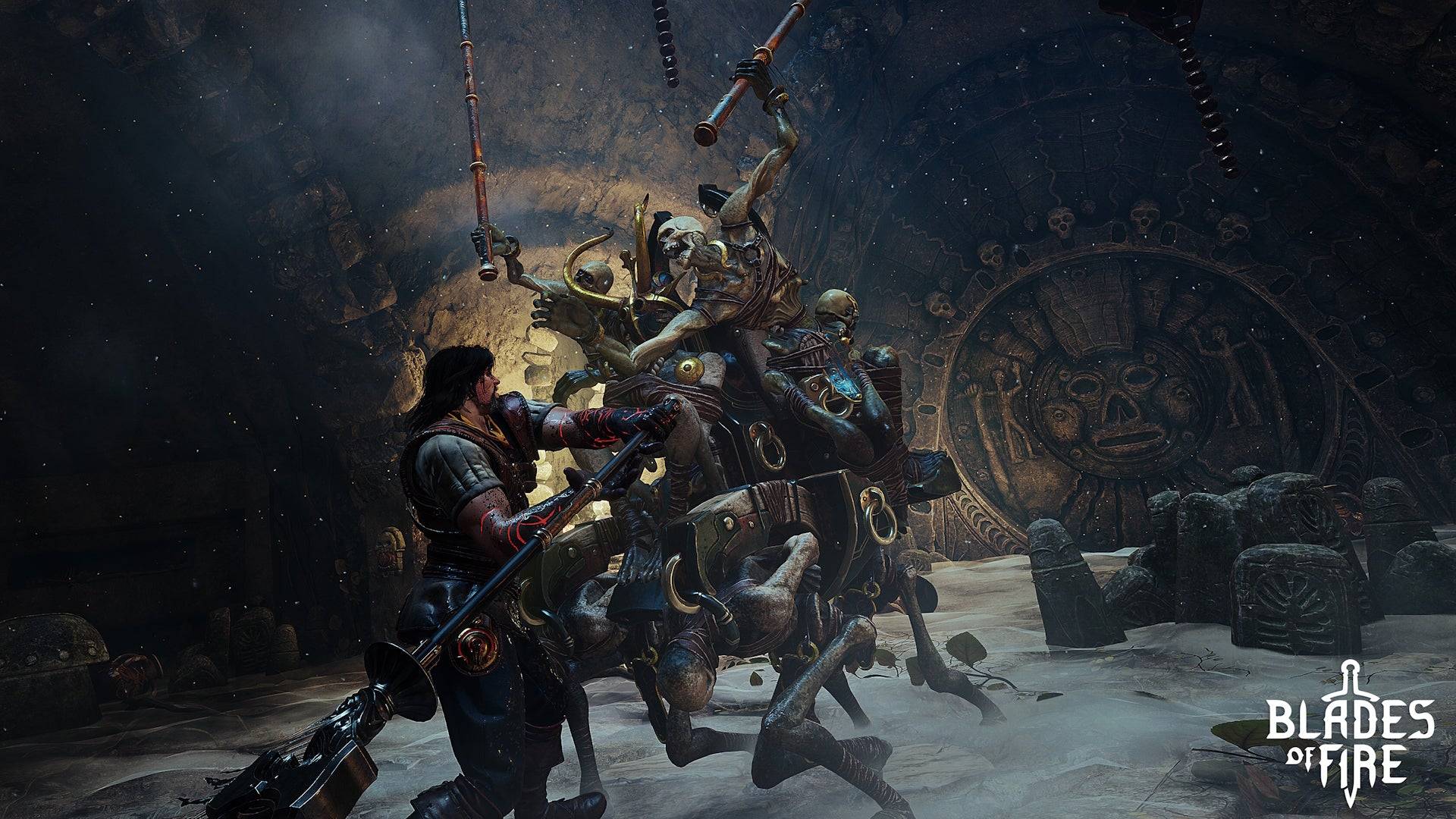
The game's world exudes a nostalgic 1980s fantasy vibe, where Conan the Barbarian could easily fit in with its muscular soldiers, and orangutan-like enemies on bamboo pogo sticks wouldn't be out of place in Jim Henson's Labyrinth. The narrative, too, feels retro—an evil queen has turned steel into stone, and it's up to you, Aran de Lira, a blacksmith demigod, to defeat her and restore the world's metal. However, the story, characters, and writing seem somewhat generic and reminiscent of many forgotten Xbox 360 era tales.
Where Blades of Fire truly excels is in its mechanics. The combat system is built around directional attacks, utilizing every face button on the controller. On a PlayStation pad, triangle targets the head, cross the torso, while square and circle swipe left and right. By carefully observing an enemy's stance, you can break through their defenses. For example, a soldier guarding their face can be defeated by aiming low and striking their gut, resulting in satisfyingly visceral effects.
The system shines during boss fights, like the demo's first major encounter with a slobbering troll. The troll has a second health bar that can only be damaged after dismembering it, with the limb removed depending on your attack angle. You can even cut off the troll's face, leaving it blind and flailing until it regrows its eyes.
Weapons in Blades of Fire require significant attention. They dull with use, reducing damage over time, necessitating sharpening stones or switching stances. Each weapon has a durability meter that depletes, requiring repairs at anvil checkpoints or melting down for crafting materials. This leads to the game's most innovative feature: the forge.
Blades of Fire Screenshots


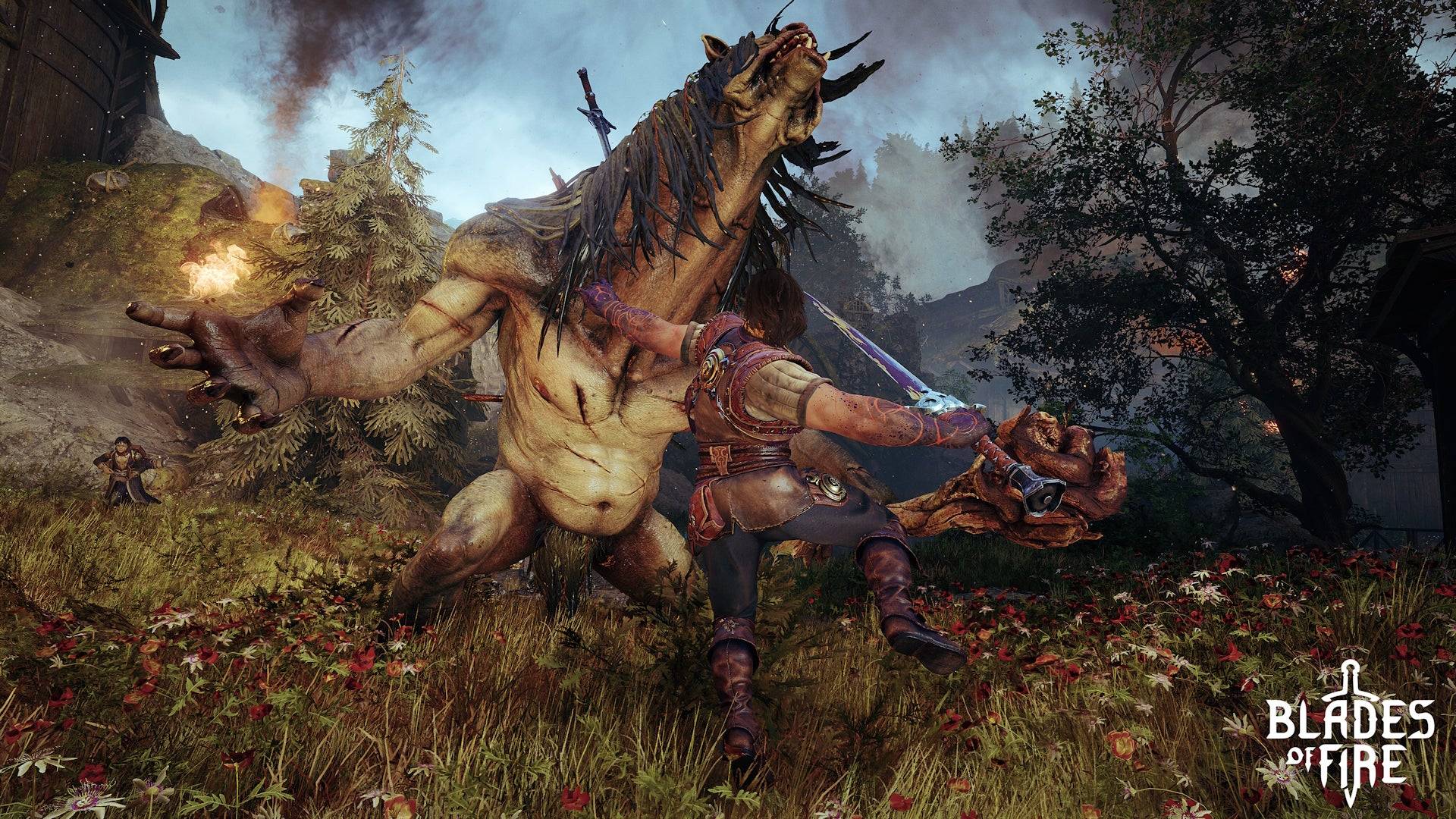
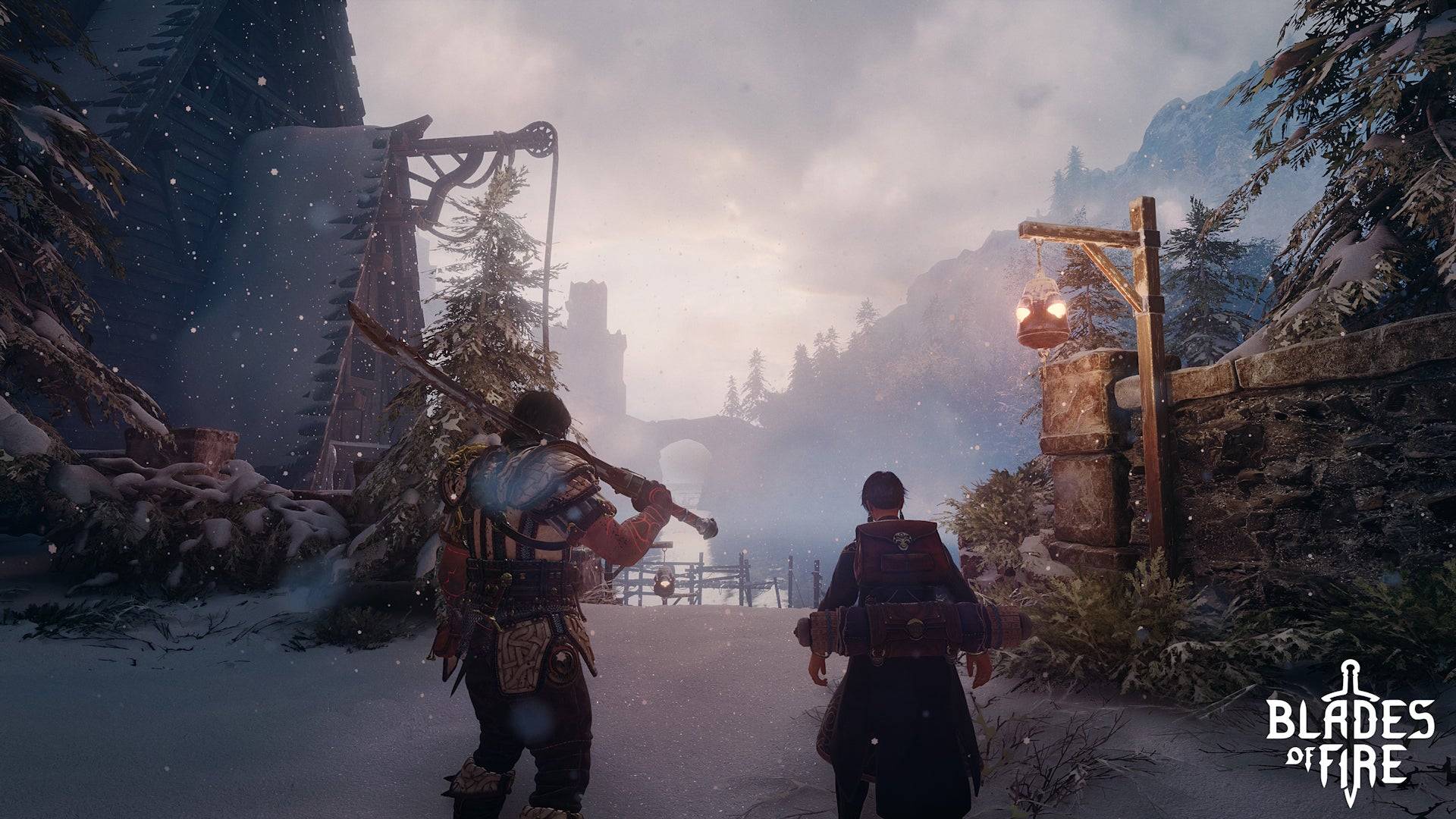

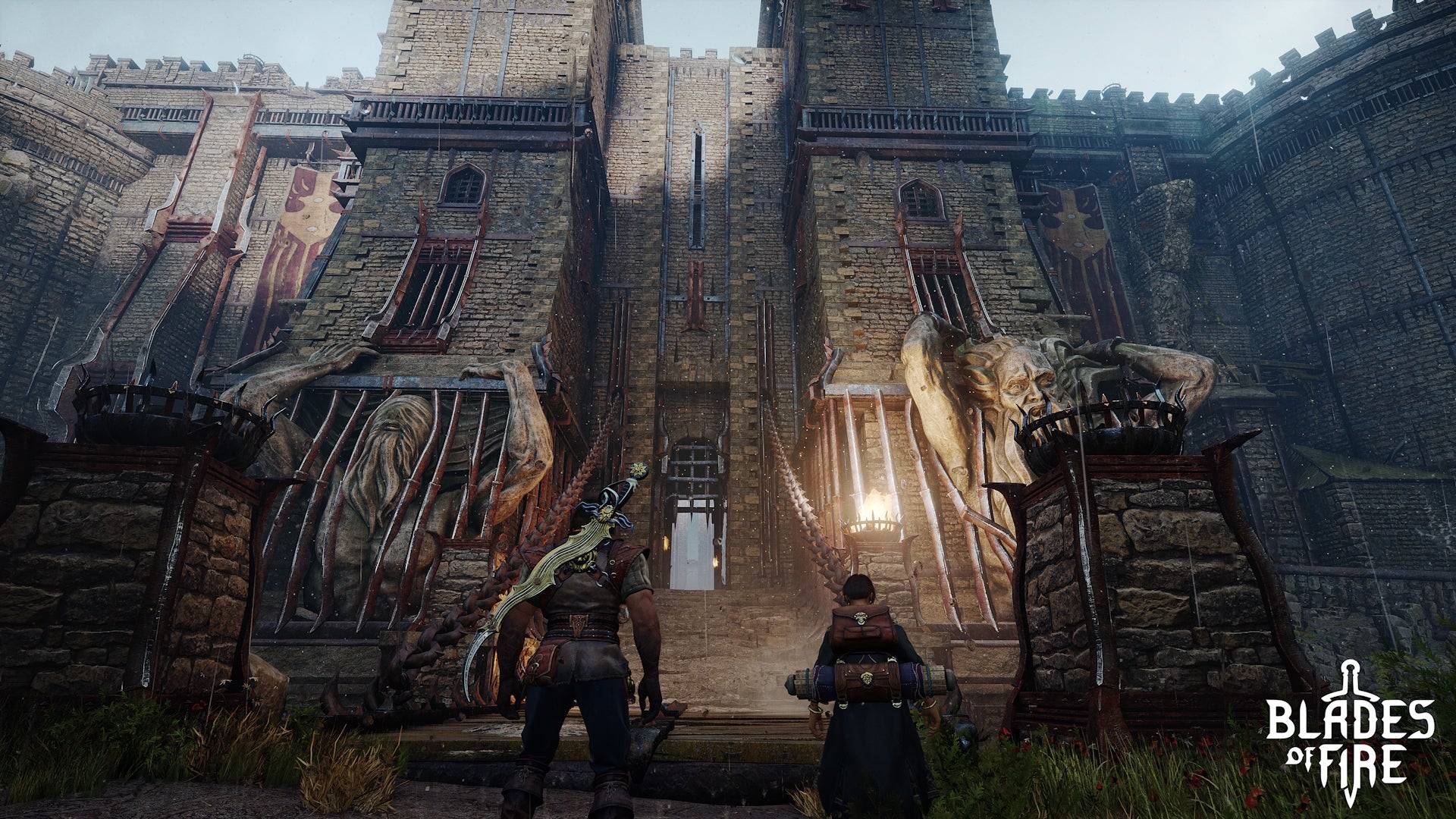
The forge system is extensive, starting with a basic weapon template that you sketch on a chalkboard. You can tweak and modify, such as adjusting the length of a spear's pole or the shape of its head, which affects the weapon's stats. Different materials impact weight and stamina demands, giving a genuine sense of crafting. You can even name your creation.
The crafting process continues with a minigame where you hammer out the metal on an anvil, controlling the length, force, and angle of each strike. The goal is to match a curved line on the screen with vertical bars, aiming for efficiency to avoid overworking the steel. Your performance earns a star rating, affecting how often you can repair the weapon before it breaks permanently.
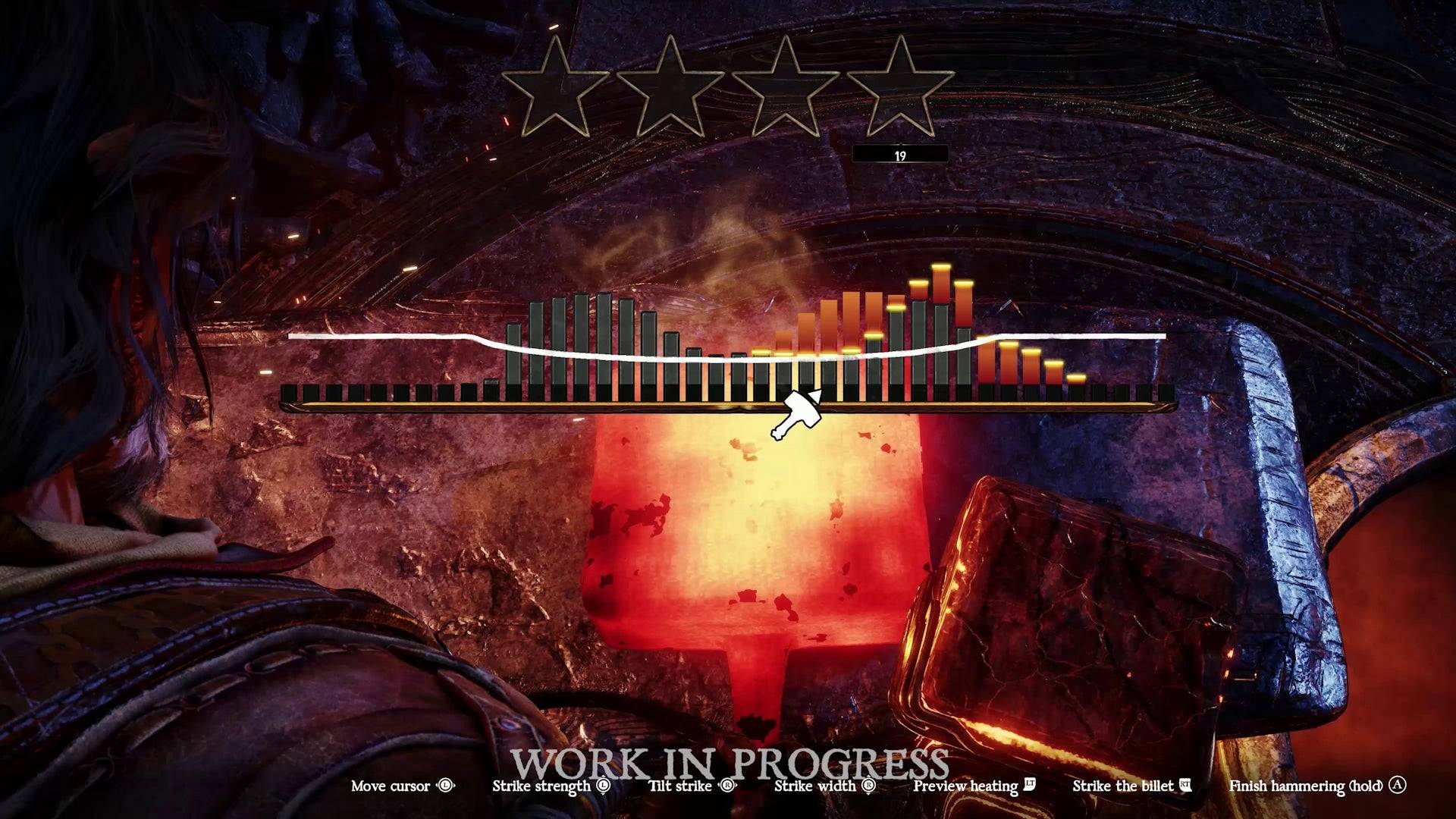
While the forge concept is compelling, the minigame can be frustratingly unclear. I hope for improvements or a better tutorial before launch, as it's a key feature that could be overshadowed by irritation.
The forge system extends beyond the demo, with MercurySteam aiming for a deep connection between players and their crafted weapons over a 60-70 hour journey. As you explore and find new metals, you can reforge your weapons to enhance their properties. The death system reinforces this bond; upon defeat, you drop your weapon and respawn without it, but it remains in the world for you to recover.

MercurySteam's influences are evident, from the brutal combat of their early 2000s game Blade of Darkness to the innovations of FromSoftware and the world design of God of War. Yet, Blades of Fire stands apart by reinterpreting these elements into a unique experience.
I have some concerns about the game's generic dark fantasy setting and the potential lack of variety, having faced the same miniboss multiple times in the demo. However, the deep relationship between your forged blades and the enemies you encounter is intriguing. In an era where complex games like Elden Ring and Monster Hunter have become mainstream, Blades of Fire has the potential to offer something fascinating to the gaming community.
Latest Articles


![1xBet [Updated]](https://imgs.yx260.com/uploads/76/1719623227667f5e3be7616.jpg)


